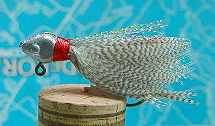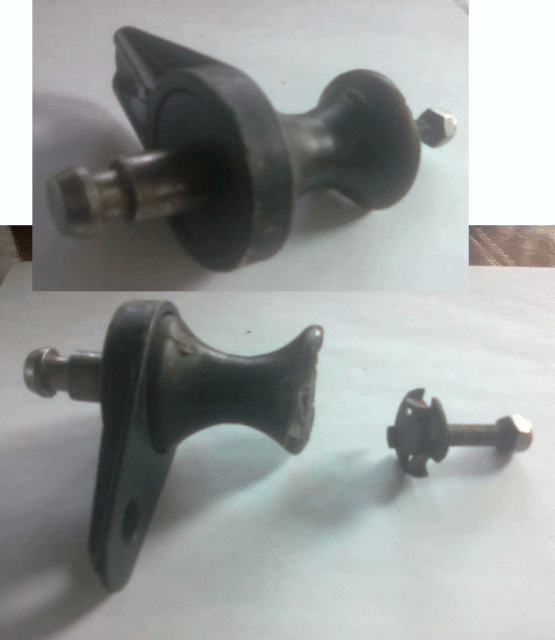Windsurf board repairs
Question
Hi Windlover,
having just started to use my own equipment regularly I have begun to wonder: What to do if my board gets damaged?
I can see the following scenarios:
1) Crashing against rocks, high or low speed, thus dinging the nose of the board. specifically the surface in contact with water
2) Going out the front door with the mast hitting the nose of the board (surface in contact with air ... well mostly :-)). That will probably dent the board more than directly dinging it
Damage scenarios:
1: Scratches in the surface (I have an ES board - but couldn't find the tech specs on JPs site, only for FWS and Carbon boards)
2: Dings that expose the core
I have read great things about Solarez UV Cure Epoxy for a quick-fix-back-on-the-water-type repair... but is that sufficient? Should I also add a layer of glass fibre afterwards?
How do you usually go about repairing these things?
Kind regards,
Jon
Answer
Hey Jon,
I would hope that you are cautious enough to not crash into any rocks but things can and do happen with our windsurf gear.
I have used Solarez for some minor repairs on my fiberglass boards. I have never used it on any of my epoxy type boards. The package talks like it will work but I've never been brave enough to try it on my epoxy boards, especially if the core is exposed.
For any type of repairs with the core exposed, I have always used Ding Stick. It is compatible with most cores and doesn't heat up like Solarez does. It is also fairly quick drying and sandable.
I would highly suggest that you email JP and ask them what they would recommend for minor and major repairs on their boards. You can ask them if Solarez and Ding Stick are compatible with their materials.
Repairing is usually fairly easy. With Ding Stick, it is a solid type two part epoxy that you cut a slice off and mix with your hands. Then apply and smooth it out, sand smooth when cured. Solarez just comes out of the tube like a very thick liquid and you apply it and let it set. It can be sanded smooth after curing also.
If you seal the repair and the repair material bonds securely around the ding, then you should not have to add any other layers to the repair.
My best advice to you, be careful when carrying your gear around. I'm sailing a 1991 Mistral Screamer that has yet to get a ding in it. It has always been my favorite board and I'm always very careful when handling it. I can't say that I haven't dinged a board or two, thus my personal experience with repairs, I just haven't had to repair the Screamer.
Hope this helps.
Keep on sailing,
Windlover
Techniques
sails, footstrap holes etc.


